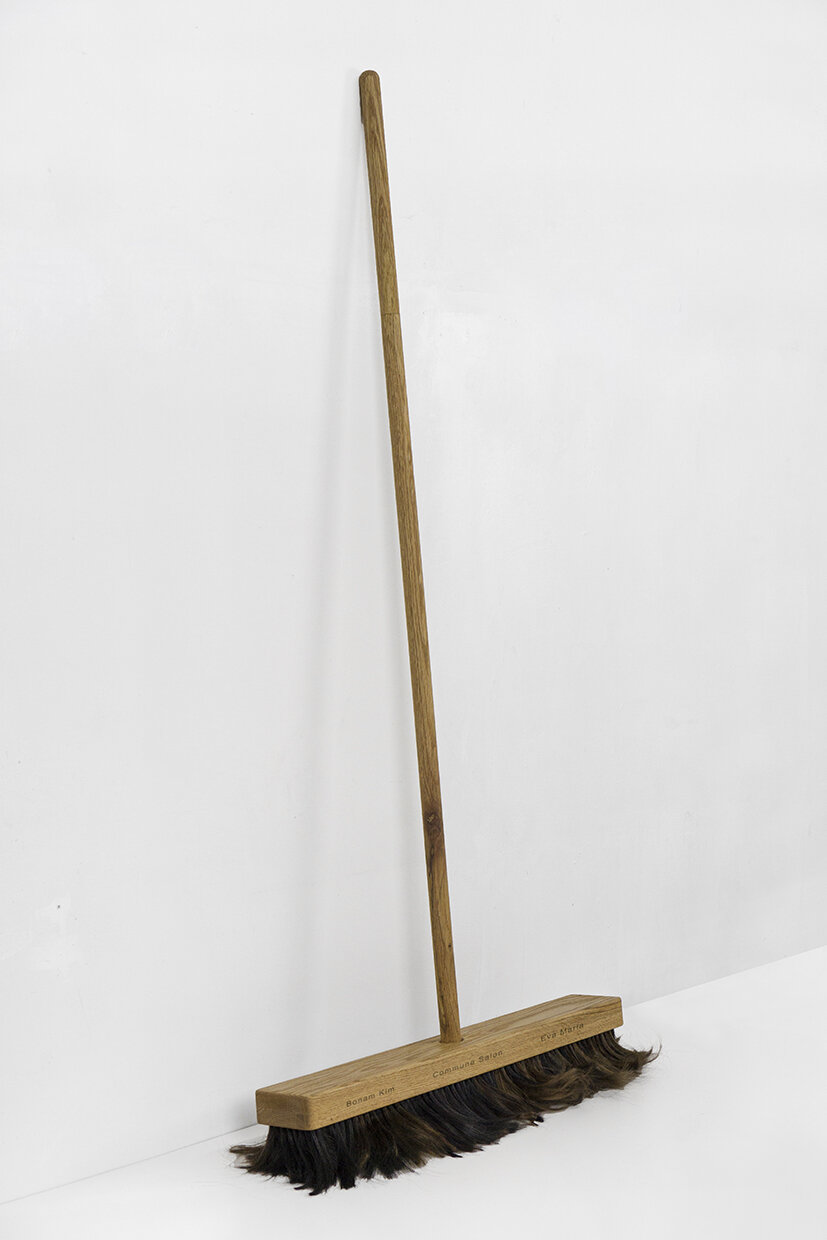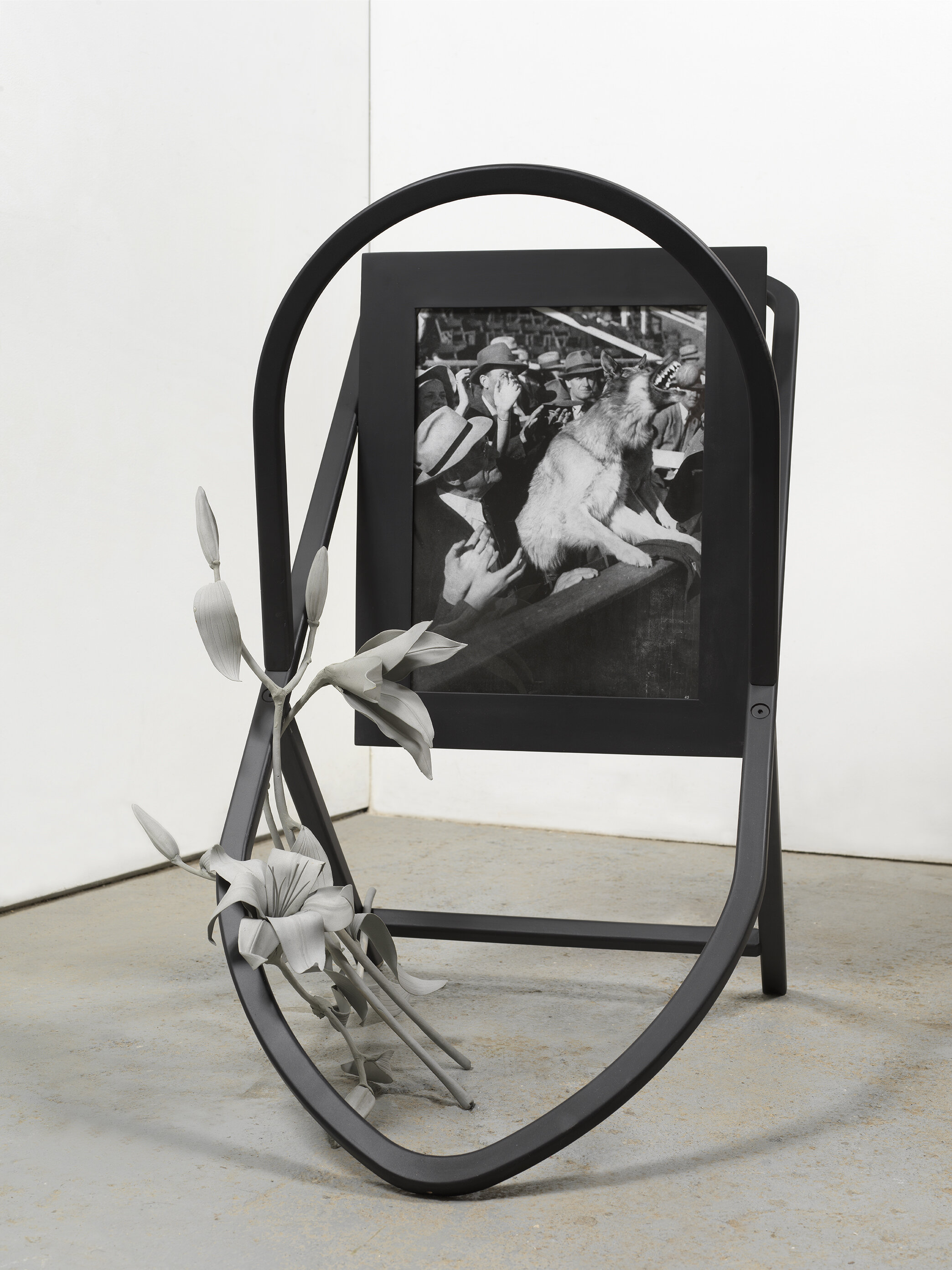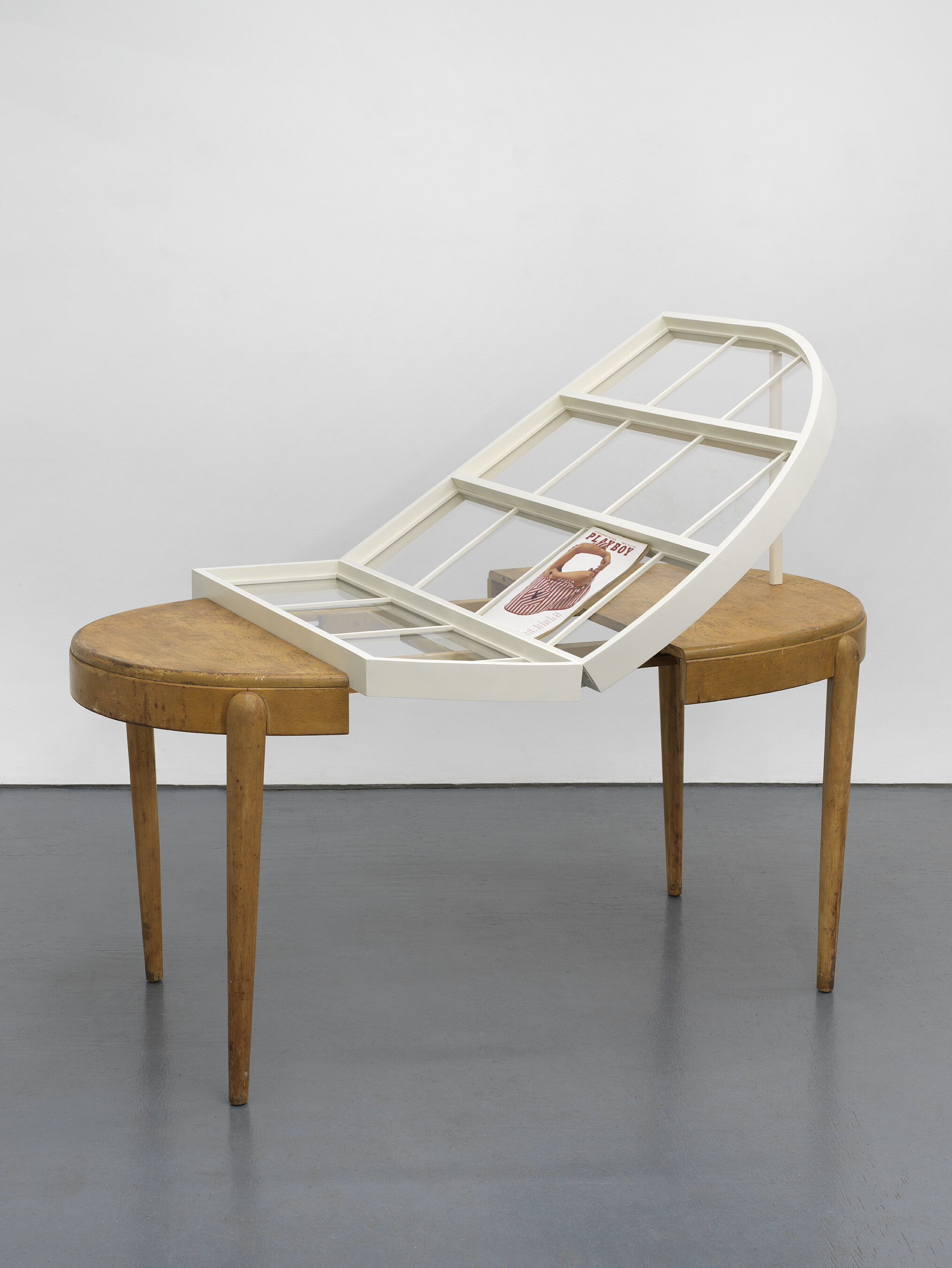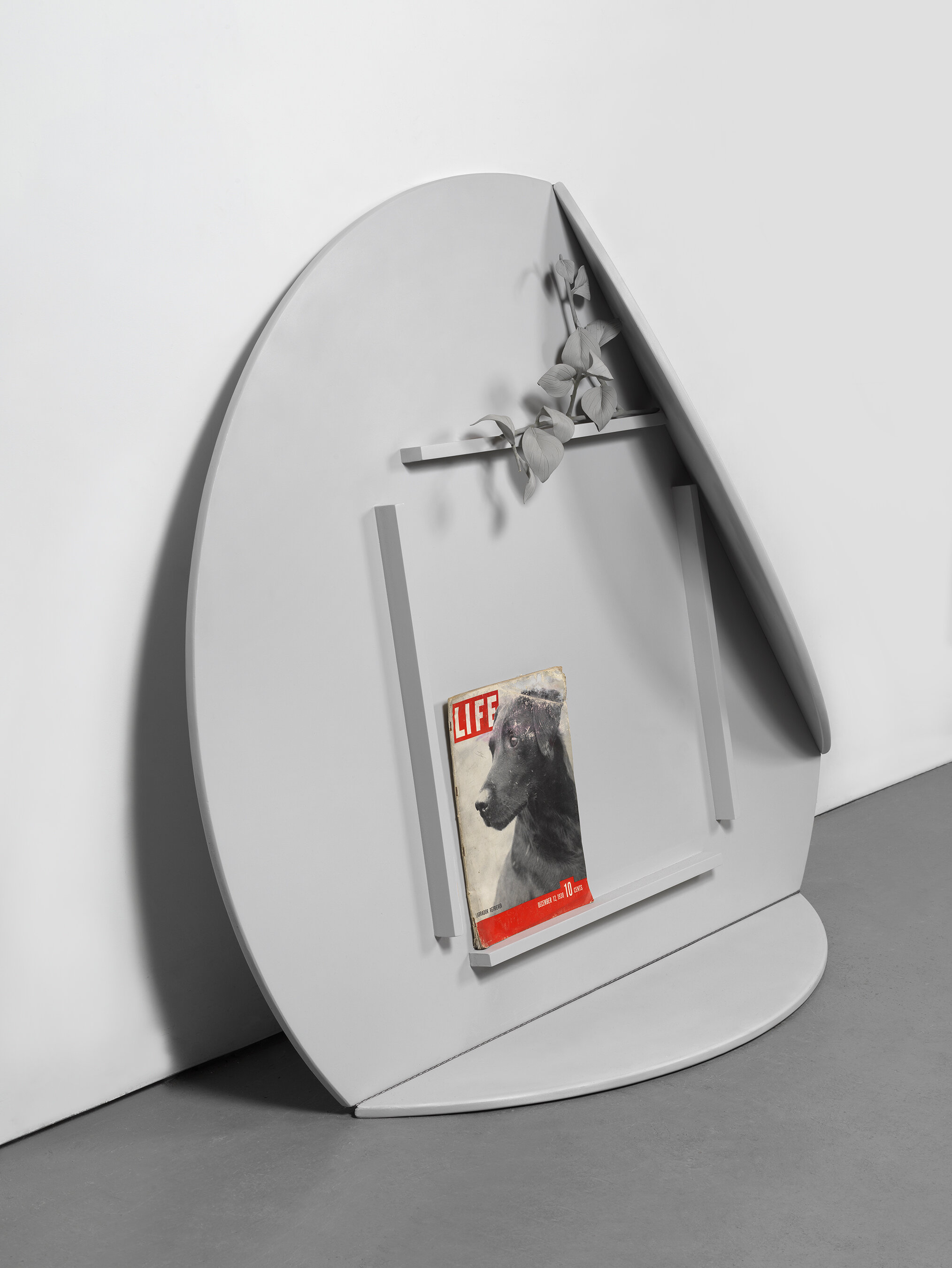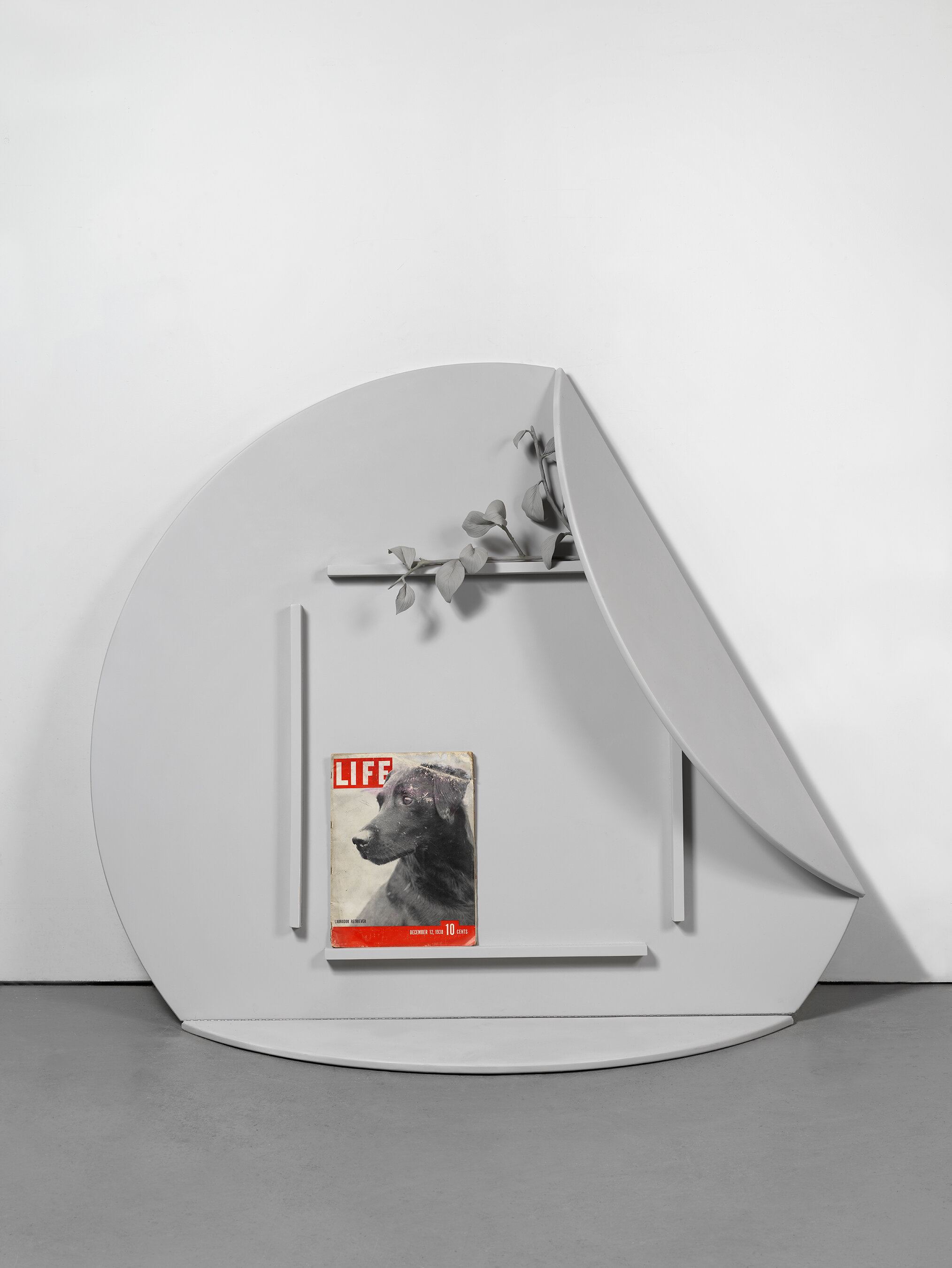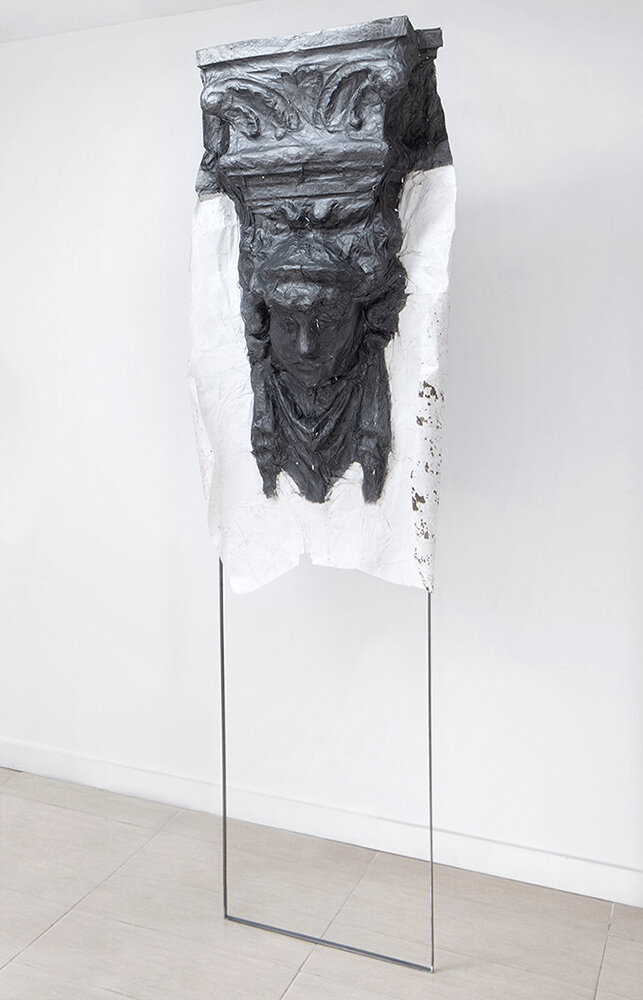Looking Forward while Looking Back:
In Touch
Curated by Elisa Gutiérrez Eriksen
July 31 - Aug 20, 2020
This iteration of Looking Forward while Looking Back: In Touch, presents the work of Bonam Kim, Christine Rebhuhn, and Claudia Cortinez.
The practices of these artists question different subjects related to the idea of adaptation. In an inquiry about the tensions that exist when attempting to define boundaries, when extrapolating borders, when bending and adapting languages and systems, when finding thresholds, they create new ways to build relationships with the world.
Rooted in the poetic relations that arise from the touch of different objects and thoughts, they position the body––sometimes their own––as the bridge within each attempt to create poetic pieces and actions that function also as acts of resistance. Physically and conceptually, the intersection of trajectories and histories, along with the gathering of narratives create encounters with the architecture of a place or space, memories, and hidden thoughts.
The works have multiple overlaps that are expressed as raw moments, reproduced to explore ideas of ephemerality and permanence, substance and resistance, while analyzing formal aspects of a place and its relevance and influence in daily life.
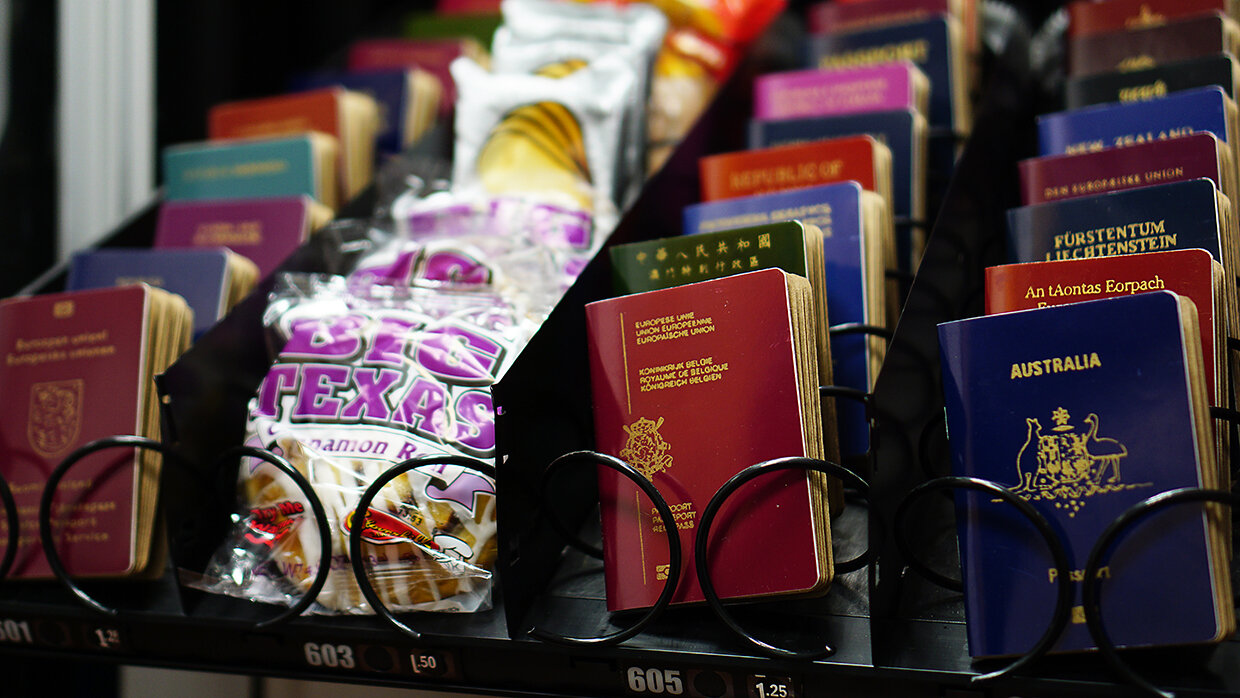
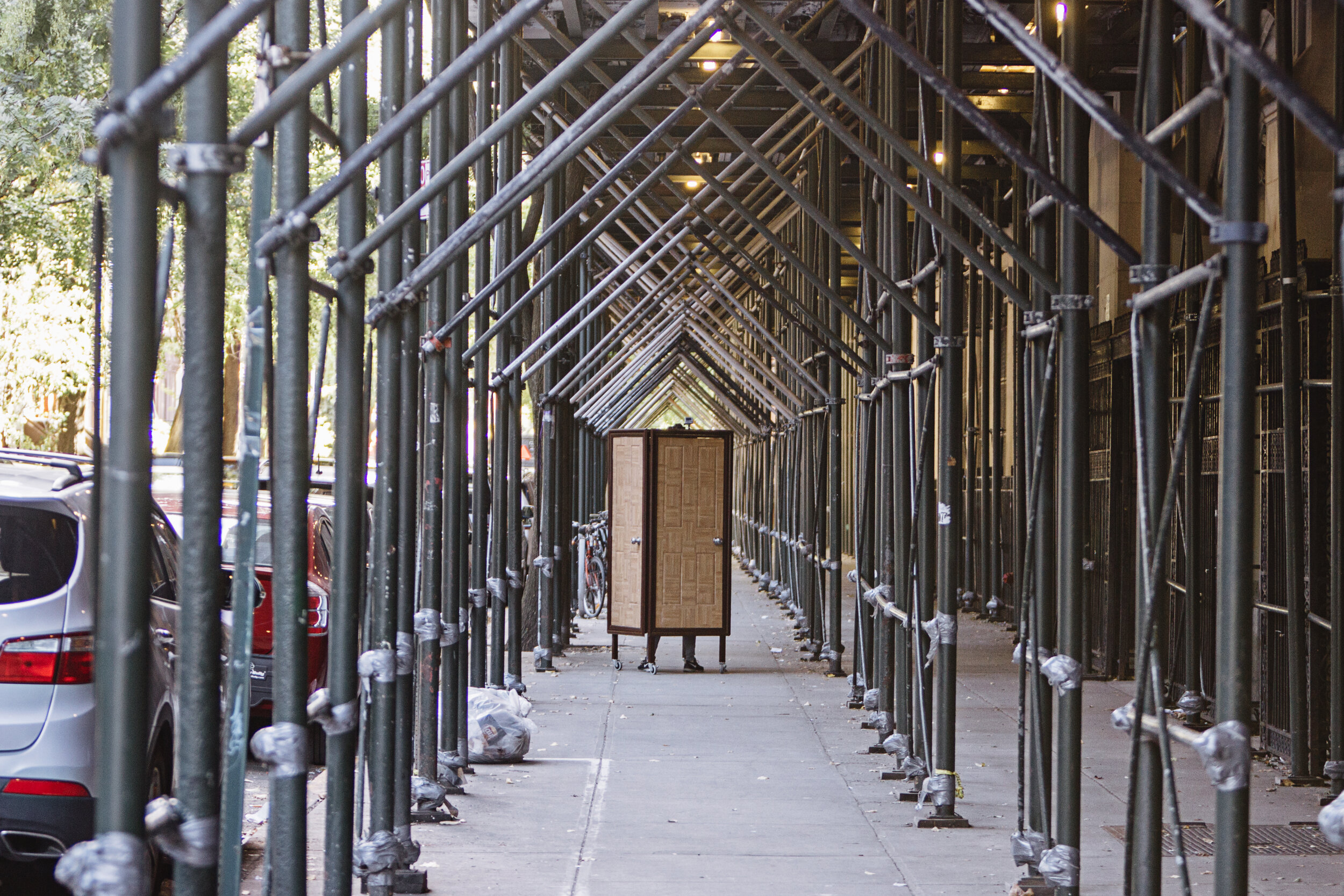
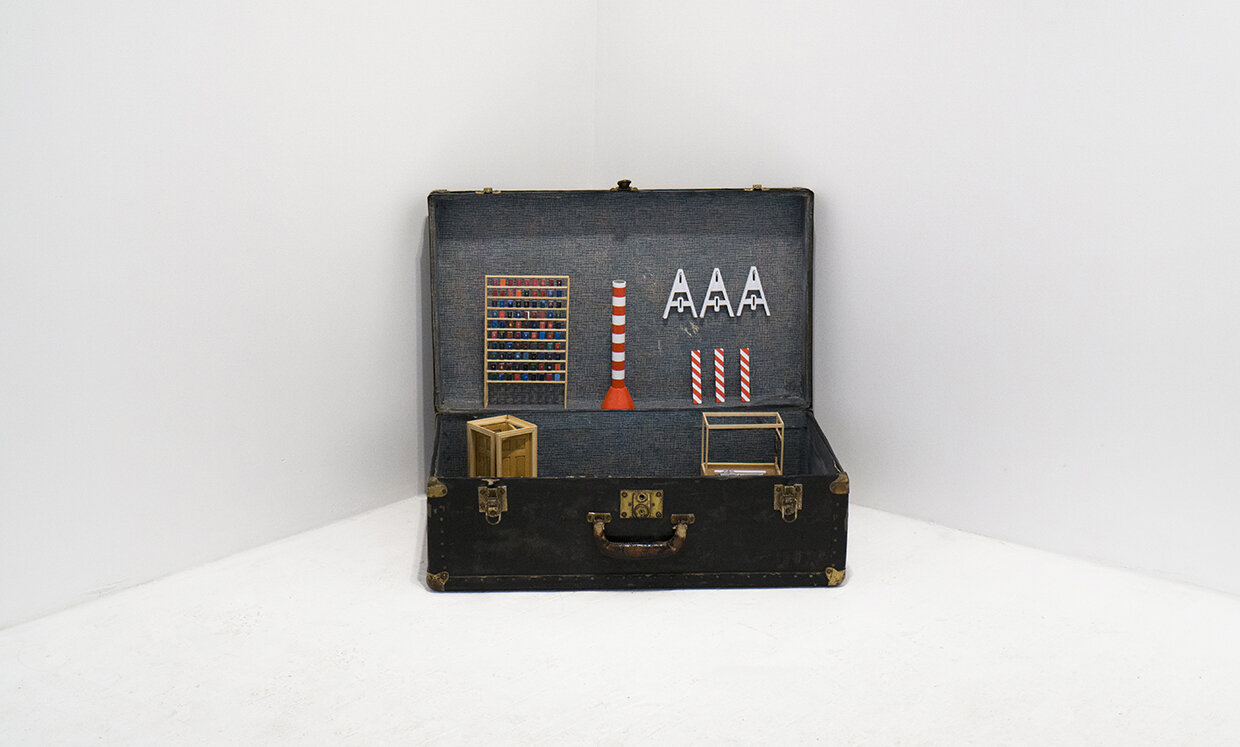
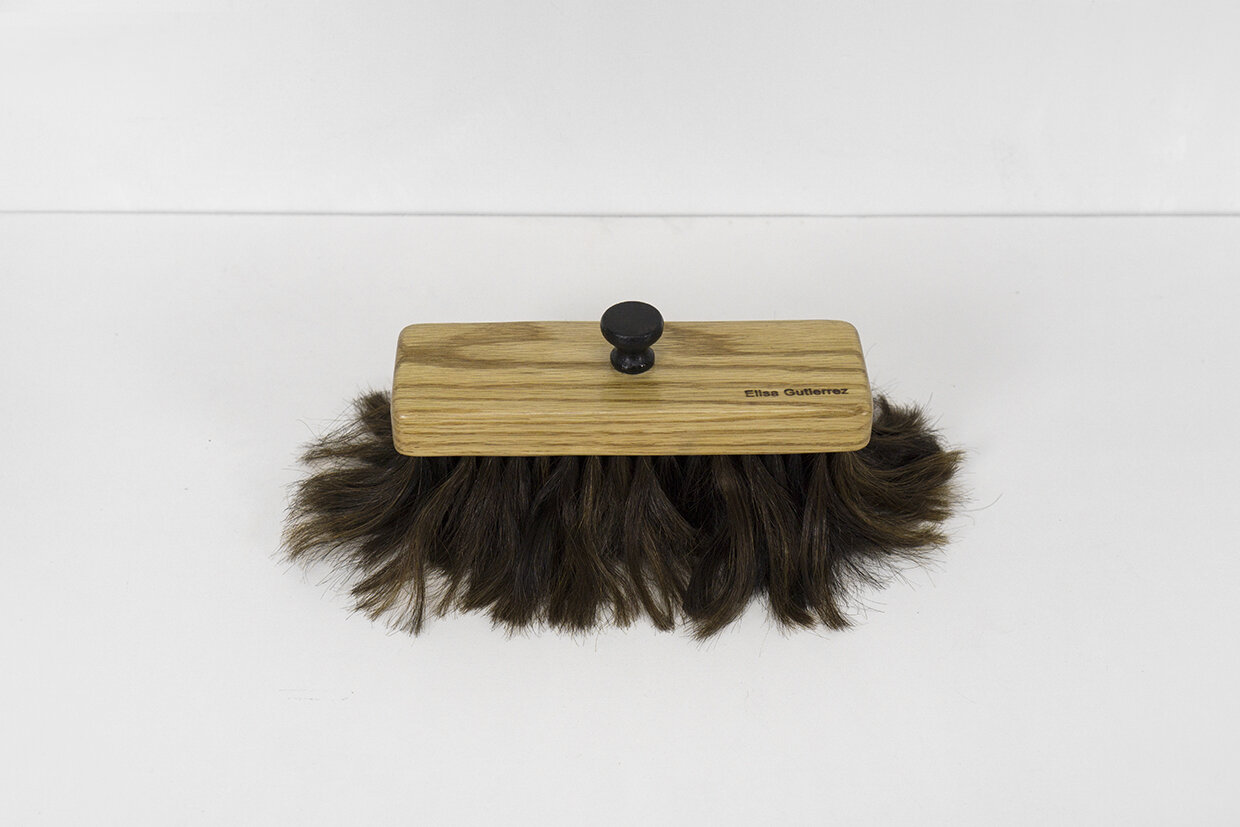
Bonam Kim (South Korea)
NARS Alumni, 2018, Season II
@bonamkim
Bonam Kim is an artist based in Brooklyn, New York. Kim holds a bachelor’s degree in Sculpture from Hongik University in Seoul, Korea and a mater’s degree in Sculpture from Pratt Institute in Brooklyn, New York. She was featured as an emerging artist from DongBangYoGae, Art in Culture magazine in Seoul, Korea. She has participated in the residency program at Trestle Art Space in Brooklyn, New York and awarded the Stutzman Family Foundation Graduate Fellowship for her residency at the Vermont Studio Center in Johnson, VT. She completed a three-month residency at NARS Foundation in Brooklyn, NY and the Wassaic Project in Wassaic, NY.
Christine Rebhuhn (USA)
NARS Alumni, 2016 – Season III
@christine.rebhuhn
Christine Rebhuhn is sculptor based in New York City. She received an MFA in Ceramics from Cranbrook Academy of Art in 2015, and a BA in Psychology and Studio Art from Kalamazoo College in 2011. Rebhuhn has had solo exhibitions at NARS Foundation in Brooklyn, NY, Soo Visual Arts Center in Minneapolis, MN, and at Makeshift in Kalamazoo, MI. Her work has been included in group shows at Tiger Strikes Astroid, New York, the Boiler in Brooklyn, NY and at Stove Works in Chattanooga, TN and she exhibited at the 2015 Gyeonggi International Ceramics Biennale in Incheon, Korea. She has been an artist-in-residence at the Vermont Studio Center (VT), Elsewhere (NC), NARS Foundation (NY), and Makeshift (MI). Her work was published in ArtMaze Magazine and Maake Magazine.
All documentation images are by Dario Lasagni.
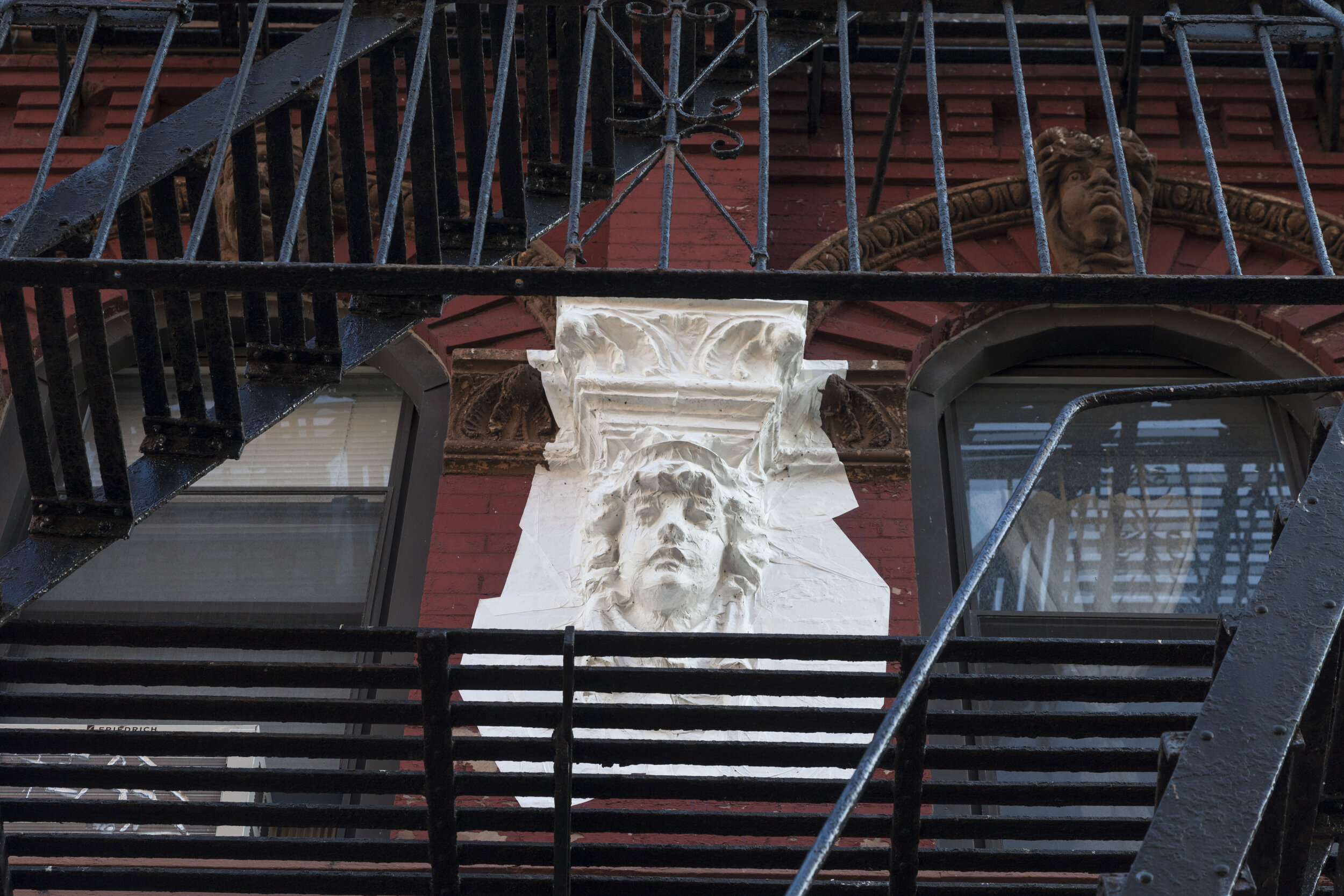
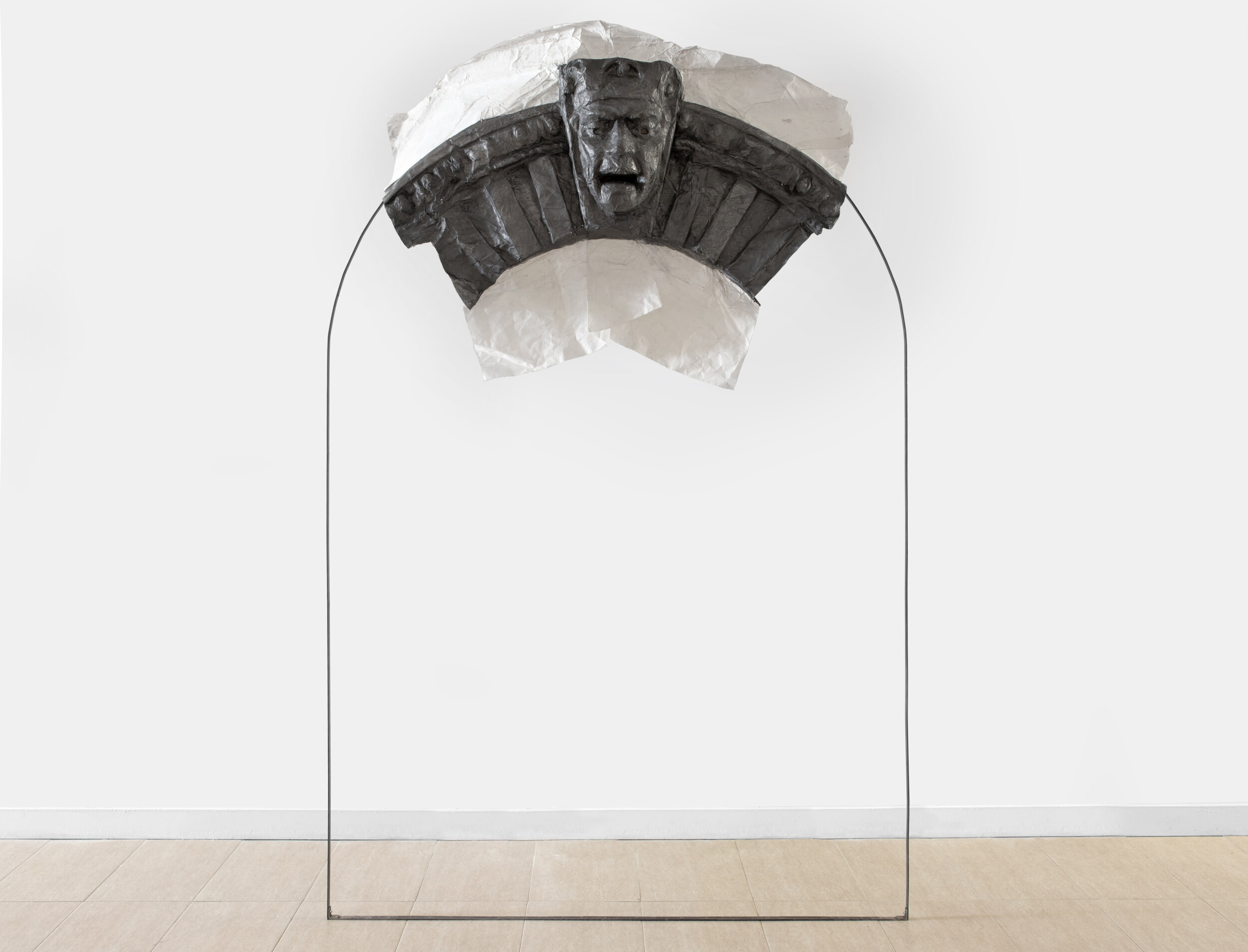
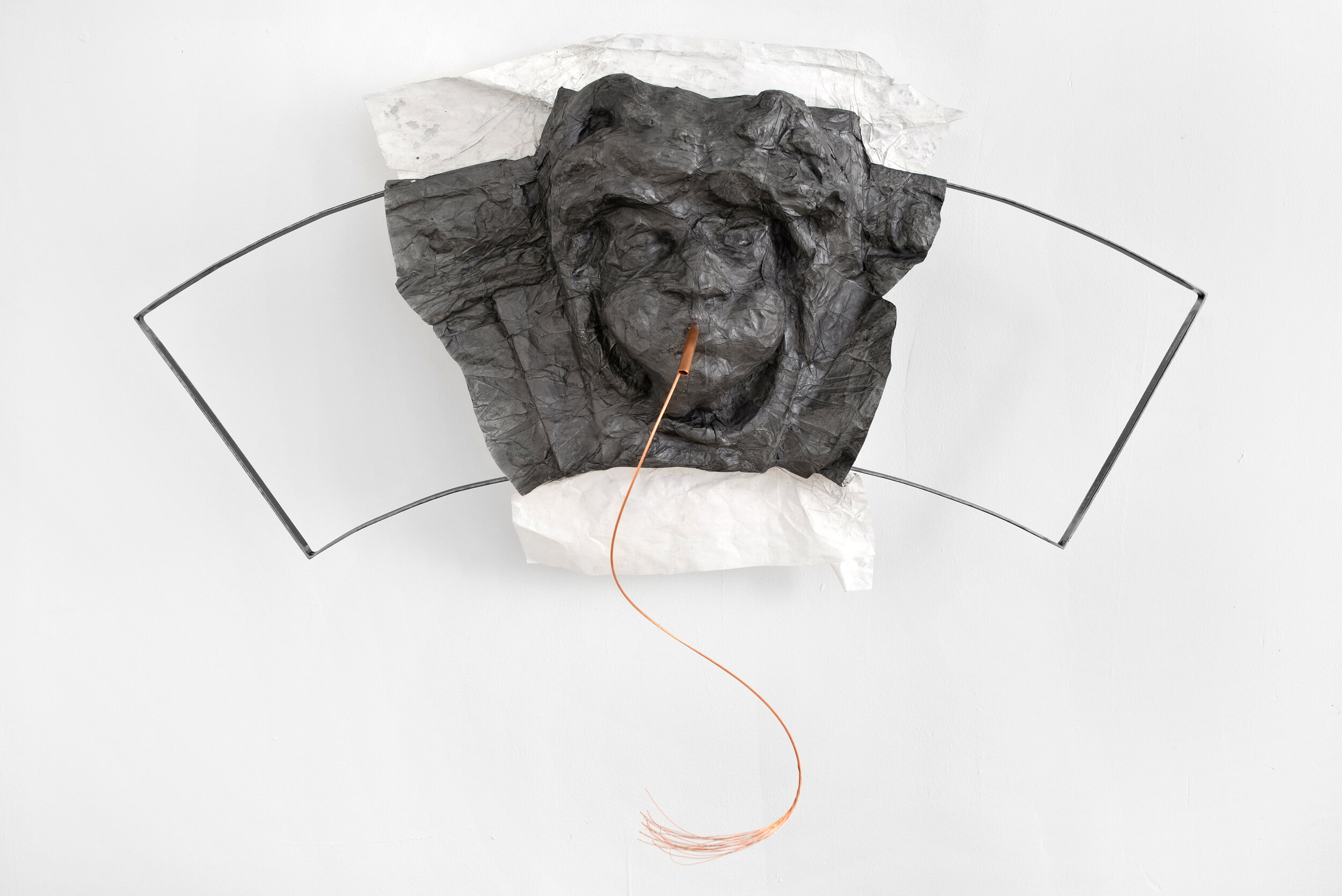
Claudia Cortínez (USA/Chile)
NARS Alumni, 2018, Season IV.
@kaatziza
Veils of Myth' is a project by Claudia Cortínez (exhibited at WICK Gallery in 2019), a series of architectural interventions made throughout NYC. She cast paper onto keystone figures of historic building facades, leaving these onsite to be encountered by passersby, often being worn down by the elements. When removed, the paper holds its dimensional form and is exhibited as a sculptural work. Viewers can peer out from the cracks within the figures’ faces and see the buildings’ dust and residue embedded into the paper.
Claudia received her BFA from RISD and MFA from Yale. Select awards include the Yale Norfolk Teaching Fellowship, Rema Hort Mann Emerging Artist Grant, Alice Kimball Fellowship, and Blair Dickinson Memorial Grant. She has exhibited her work in solo and group shows in the US, Latin America, and Europe, and has curated exhibitions at the Eduardo Sívori Museum, Shirley Fiterman Art Center, and Loisaida Center, bringing together artists of Latin-American descent. Residencies include the Lower East Side Printshop, LMCC Swing-Space, the NARS Foundation, and Loisaida Center, among others. She is co-founder/director of LAZO, a platform for Latinx artists. Claudia is currently an artist-in-residence at the Center for Book Arts in NYC and at Silver Art Projects at the World Trade Center.
Download Press Release
Bonam Kim
2018, Season II
@bonamkim
Can you tell us a bit more about the process for creating the work presented in this exhibition?
I believe the good work is born when intention, form, and material are balanced perfectly. In my practice, I will constantly check on myself to see if I’m going in the right direction. When I have an idea of a new project, I will start playing with material, mostly plaster, clay, silicone and resin in order to find the most comfortable material for the project. And then stuff happens.
How do you see the role of art and artists in society today?
This sounds like a cliche, but I believe that the artist's
role is to be as true to themselves as they can — within society, the community and the world at large.
Is there something specific that you hope to explore in the future?
I want to collaborate with designers in the future. I think the border between art and design is permeable. Once I decide on a goal to pursue, my creative process looks very much like a design process. I want to learn their process, thinking and production.
Christine Rebhuhn
2016, Season III
@christine.rebhuhn
Can you tell us a bit more about your process when creating artwork?
So much of my practice is observational, or textural background perception, which is quite difficult to describe. Synchronicities happen so quickly sometimes, and it takes a lot of discipline to catch those moments and follow through on them in physical sculpture. It’s always an oscillation between daydreaming and practical planning, but there’s no other way but to go back and forth between the two.
How are you doing these days? Is your artwork being influenced by or providing an outlet from the current events in the world?
I’m still working on art, but somehow it feels more private.
I don’t often communicate through direct messages visually, but I have trust that the strongest emotional residue will land in the work anyway, and there will be a chance to talk it through later. I think an important part of making sensitive work is being
affected by shifts in other people, but it’s hard to account for feelings in the moment when they’re happening.
How do you see the role of art and artists in society today?
I’ve begun to notice what work affects me the most, when I really need it, and that helps me to understand my role as well. Sometimes I’ll read a poem and a line strikes me so hard that I need to close the book. I keep making work because I want to pass along a shared unspoken feeling, on someone else’s terms, when they need it.
Is there something specific that you hope to explore in the future?
Sometimes when I finish a piece, I have a desire to spread things out. I feel like I’ve crammed too much in one area. I want to think in larger spaces, with the same attention to small details.
Claudia Cortínez
2018, Season IV.
@kaatziza
Can you tell us a bit more about the process for creating the work presented in this exhibition?
My process usually begins with an observation related to my current surroundings or research, often a response to an architectural detail or narrative I come across. What begins as a loose idea, such as how to get one material to act like another, materializes through experimentation. I work through various iterations to see what happens along the way and am drawn to moments of error in the process, where an image or impression copies imperfectly or where the material I use creates something unexpected. My work generally takes form when I think about how and where it will be installed. I’m interested in how the architecture of an exhibition space can become part of an installation, or how my pieces can turn back into architecture despite being made of paper.
How are you doing these days? Is your artwork being influenced by or providing an outlet from the current events in the world?
The past four months have been tumultuous and ungrounding to say the least. I have found it difficult to make artwork in a focused way, especially without a proper studio space. Nonetheless I feel grateful to be in NYC right now- experiencing the streets completely void of people, followed by the polar opposite in mass protests. How both the pandemic and Black Lives Matter have
completely transformed the architecture, soundscape, and conversations foregrounded in the city. I have been photographing details of building surfaces modified over the past months: wood panels, obliterated graffiti, and makeshift structures being built for new outdoor necessities.Provisional modifications and demonstrations that feel akin to Latin America, and surreal here.
Is there something specific that you hope to explore in the future?
Adding to the surreal, I have recently moved into a new studio for the next 8 months in the World Trade Center, which a friend described precisely as a fantasma del imperio, ghost of the empire. I am excited to have space to finally flesh out some of these ideas, and curious how the context of this building may influence the work. I am also developing some projects through the Center for Book Arts, using an archive of my fathers writing and epistolary correspondences with other Latin American writers. Here, I am also working on a broadside print for the poet Zahra Patterson, for her poem Transcription from an NYPD Walkie Talkie, using letterpress wood-blocks to mimic urban patterns/surfaces and interact with Zahra's poem, which transcribes a police radio responding to protests in NYC, 2014.

